Dr. Anuradha Bele & Dr. Jas Simran Kehal
Dr Ambedkar gave us a legacy of political democracy but at the same time entrusted us with the responsibility of demolishing the graded socio-economic inequality to establish the principle of one man one value. Perhaps, we failed him as well as ourselves. The resultant nation is picture of a blown-up democracy marching towards ethnocracy, a regime characterized by a thin democratic facade covering a profound ethnic structure.
Ethnocracy is a type of political structure in which the state apparatus is controlled by a dominant ethnic group to further its interests, power and resources. Here a dominant ethnos gains political control & thereby possessing economic clout uses the state apparatus to ethnicise the territory and society, perpetuating inequality.
The recently released World Inequality Report of 2022 reiterates that India is amongst the most unequal countries in the world, with rising poverty and an ‘affluent elite”. So no matter how much we labour, we are unable to work our way out of poverty.
Published by the World Inequality Lab, it is deemed to be one of the most up-to-date and reliable reports of global inequalities. Here are excerpts from the report which indicate that we have gone back a full circle of one century with current data pointing towards an economic scenario that is as bad as it was in colonial India.
National Income
Of the country’s total national income in 2021:
The top 1% of India’s population earned more than 21%.
The top 10% of the population earned as much as 57%.
The bottom 50% was left with just 13.1% of the money.
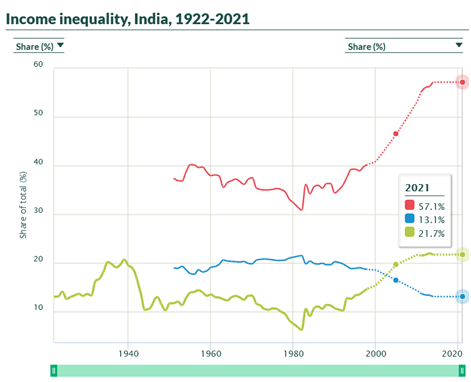
Red line — Top 10%, Blue Line — Bottom 50%, Green Line — Top 1%
The report categorically mentions that liberalisation and privatization policies have led to one of the most extreme increases in income and wealth inequality and it is the only top 1% who have largely benefitted from these reforms.
Babasaheb mentions in ‘Problem of the Rupee’ that justice in taxation was conspicuous by its absence during the British regime. The lancet was directed not where the blood was thickest but to the weakest and the meekest part of the population. He emphasized that taxation should be on taxable capacity and not on income, the rich must be taxed more, the poor less.
Similarly, the 2022 report suggests levying a modest progressive wealth tax on multimillionaires. According to one scenario created in the report, an effective wealth tax rate of 1% on individuals possessing wealth exceeding $1 million can generate total revenues equal to 1.6% of global income.
Not adhering to advice of Dr Ambedkar and the likes of Nobel laureate Amartya Sen, who considers Babasaheb “as father of his economics”, has propped extreme income inequalities bringing India to a fiscal position as unequal as 70 years ago.
1951 Income of India’s top 1% was same as bottom 40% population
2021 Richest 1% earn as much as bottom 67% population
World inequality data 2022 suggests that the poorest 50% of the Indians now earn the same as what the poorest 50% of Americans earned way back in 1932.
Reacting to such a scenario, Amartya Sen asks some moral questions: ‘Do I have a right to be rich? And do I have a right to be content living in a world with so much poverty and inequality? These questions motivate us to view the issue of inequality as central to human living.’
Wealth
The top 1 percent of Indians now own 33% of the country’s wealth.
The top 10 percent own 64.6 % of the country’s wealth.
The share of the bottom 50 percent now stands at 5.9 %.
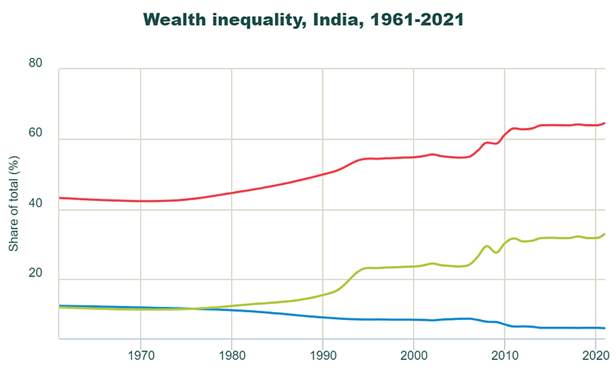
Net Personal Wealth
Red line — Top 10%, Blue Line — Bottom 50%, Green Line — Top 1%
Babasaheb stated that for social and economic justice in the country, there needs to be nationalization of land as well as industry. But public wealth has been declining as governments have been privatizing assets and natural resources at low costs. Following the pandemic, governments borrowed the equivalent of 10-20% of GDP, from the private sector. We have no idea at what interest rate this borrowing was done. Nations have become richer over this period of time but the governments have become poorer, currently having more debts than assets.
A Pew Research Center analysis finds that the middle class in India is estimated to have shrunk by 32 million in 2020 while the wealth of India’s billionaires increased by 35% during lockdown.
There is substantial rise in private wealth as it is mostly accumulated and concentrated across generations by inheritance. This inherited capital incentivizes banks to lend more money causing a snowball effect to make the rich man’s wealth to grow faster.
Dr Ambedkar revealed that under British raj, London was constantly out to loot the various provincial governments, centralising funds and changing monetary policies to suit its ends. Even after a century, the modus operandi is the same but this time it is being done by Delhi and for the benefit of a few.
These few, at the top 10% own 67% of India’s wealth and control all institutions, guide public policies and dominate public discourse. They own media houses and decide what people should know. They influence voting behaviour by manufacturing content and injecting it into the masses.
Pointing out about inequalities in 2021, the report says that, “They are about as great today as they were at the peak of Western imperialism in the early 20th century”.
1961 Top 1% held the same national wealth as much as poorest 50% population.
2021 Top 1% holds the same national wealth as poorest 90% population.
The impact of India’s poor performance at the world inequality map is such that when India is removed from the analysis, there is an interesting increase in share of wealth of bottom 50% population of the whole world.
Gender Inequality
The female labour income share in India is just 18% which is one of the lowest in the world. This share globally was 30% in 1990 and is currently 34%.
This is in direct contravention to Dr Ambedkar’s vision for women. Resigning in despair due to non implementation of Hindu code bill, he had said “To leave inequality between class and class, between sex and sex untouched and to go on passing legislation relating to economic problems is to make a farce of our Constitution and to build a palace on a dung heap”.
With such a gender income disparity, does India have the right to claim to being amongst the fastest growing economies of the world?
Inequality transparency Index
This measures the availability and quality of data on income and wealth (Range 0-20). US, UK, Denmark, and Italy between 13-16.5 range were the top transparent countries while India stood in a poor range of 4 with even a totalitarian country like China scoring a 6.5.
The steady dilution of transparent governance by chocking of laws like the RTI act clearly conveys to the world how facts are being obscured. This attitude is a deliberate ploy to impede access to data.
For whom is all this being done? As Harold Laski states that “A State divided into a small number of rich and a large number of poor will always develop a government manipulated by the rich to protect the amenities represented by their property.”
It is ironical that breathtaking advances in science and technology are being used to conceal official facts and figures whilst snooping upon personal data in order to serve political and economic interests of a few.
The Commitment to Reducing Inequality (CRI) Index monitors what governments are doing through their policy commitments to reduce inequality. Unsurprisingly Norway (1), Germany (3), France (7), China (57), Bangladesh (113) are the global rankings where India stands abysmally at 129.
Dr Ambedkar condemned the British raj at the Round table conference and posed serious questions. He argues “The Government of India does realise that the landlords are squeezing the masses dry, and the capitalists are not giving the labourers a living wage and decent conditions of work. Yet it is most painful thing that it has not dared to touch any of these evils. Why? Is it because it has no legal powers to remove them? No, the reason why it does not intervene is because, it is afraid that its intervention to amend the existing code of social and economic life will give rise to resistance”.
He further asks “Of what good is such a Government to anybody. We must have a Government in which the men in power will give their undivided allegiance to the best interest of the country. We must have a Government in which men in power, knowing where obedience will end and resistance will begin, will not be afraid to amend the social and economic code of life which the dictates of justice and expediency so urgently call for.”
Lucas Chancel lead author of World Inequality Report-2022 states in a similar vein “If there is one lesson to be learnt from the global investigation carried out in this report, it is that inequality is always political choice.”
The job of holding a mirror to the world is that of a true patriot. Indeed, Dr Ambedkar was one who could do that under all circumstances. But what, as of now? The answer lies in US President Joe Biden’s speech at the recent Summit for Democracy. He says “Democracy doesn’t happen by accident. We have to renew it with each generation.” And this phrase includes economic democracy.
Democracy is not a mere ritual act of casting one’s vote once in a while. This pseudo notion has degraded our democracy index taking us towards an electoral autocracy. As we forgot to renew our democracy as per times, we have already in a stage of ethnic democracy and ethnocracy is knocking at our democratic doors.
India inherited class inequality along with oppressive forces like casteism, patriarchy, religious fanaticism, and region/language bias. This undemocratic legacy blocks creative potential of the majority of people. It definitely prevents the cultivation of mind. Clearly, the social contract which makes a free individual bargain a part of their freedom for associated living for progress through common interests is yet to develop in the stratified society of our country. The more the disparity in the two classes, the easier it is for people to buy public freedom. And once the buying starts, one just needs to find a seller.
Ways to counter economic inequality
The report puts political will as the foremost point and observes that countries with strong investment in public services and welfare policies have the lowest inequality levels. Equality in the report is attributed to corporate governance norms, equal access to higher quality of education and healthcare and a higher degree of progressive taxation.
Out of 17 Sustainable Development Goals (SDGs), to which India is committed, the first two are “ending poverty in all forms and hunger” but words without actions are just chicanery, a bag of tricks. Not unexpectedly, India has always excelled in oratory leading to a widening the gap not only between word and practices but also rich and the poor.
“It is not great wealth in a few individuals that proves a country is prosperous, but great general wealth evenly distributed among the people . . . It is the struggling masses who are the foundation of a country and if the foundation be rotten or insecure, the rest of the structure must eventually crumble.”–Victoria Woodhull, first woman to run for President of the United States, 1872.
~
Dr. Anuradha Bele is an electronics engineer and a veterinary doctor with a degree in management. She can be reached at anuradha.bele@gmail.com
Dr Jas Simran Kehal is an Orthopaedic surgeon at Nangal Dam, Punjab and a Masters in Journalism and Mass Communications. He is currently pursuing Masters in Ambedkar thoughts.

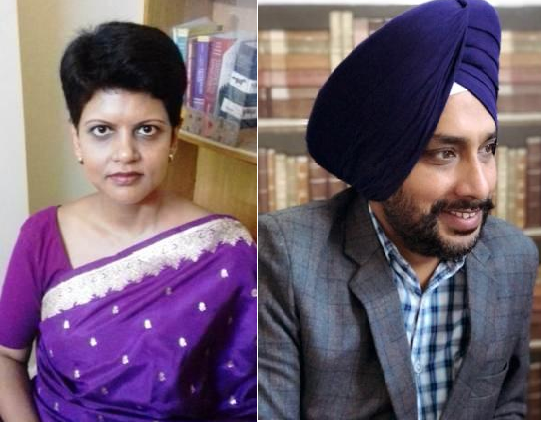


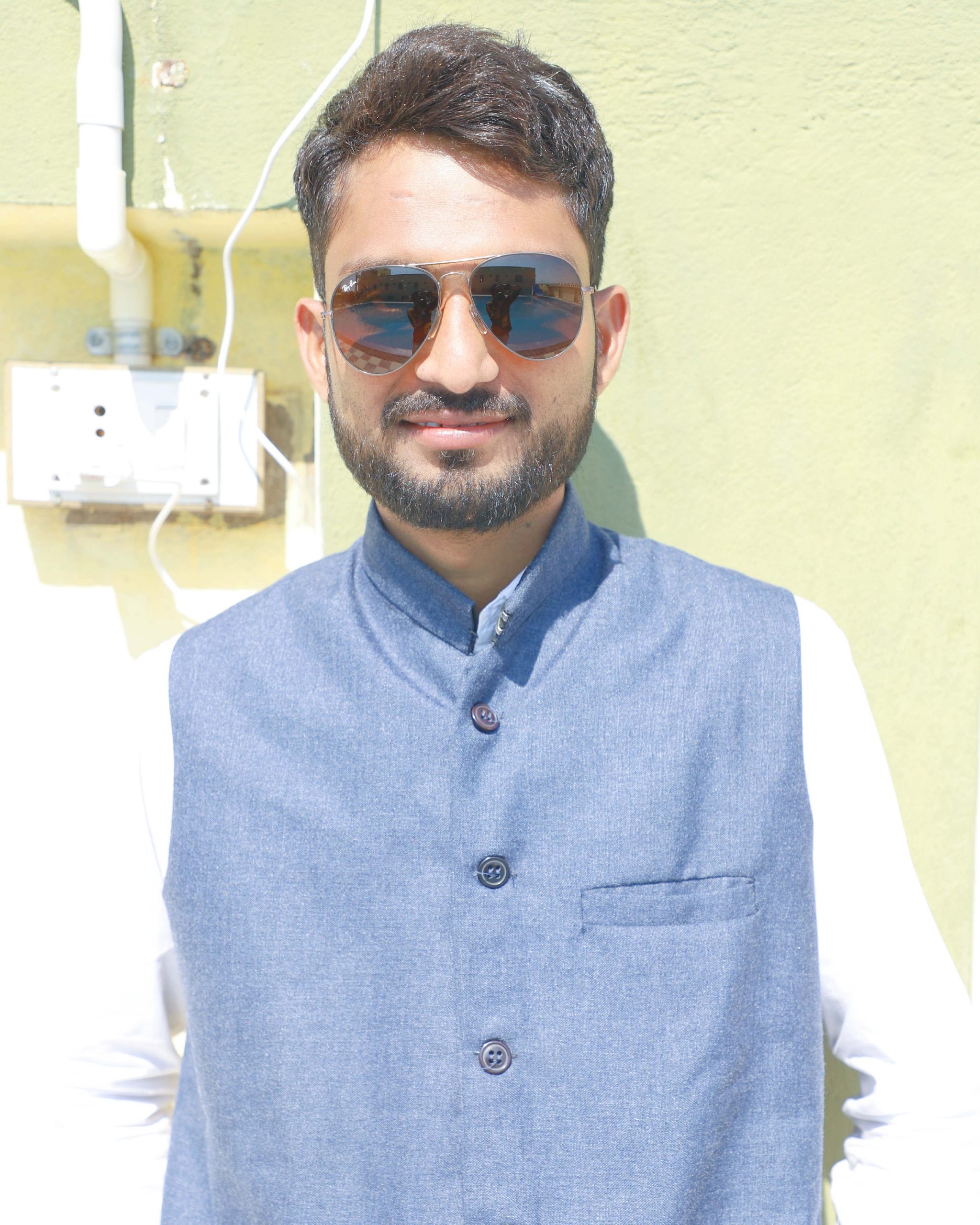





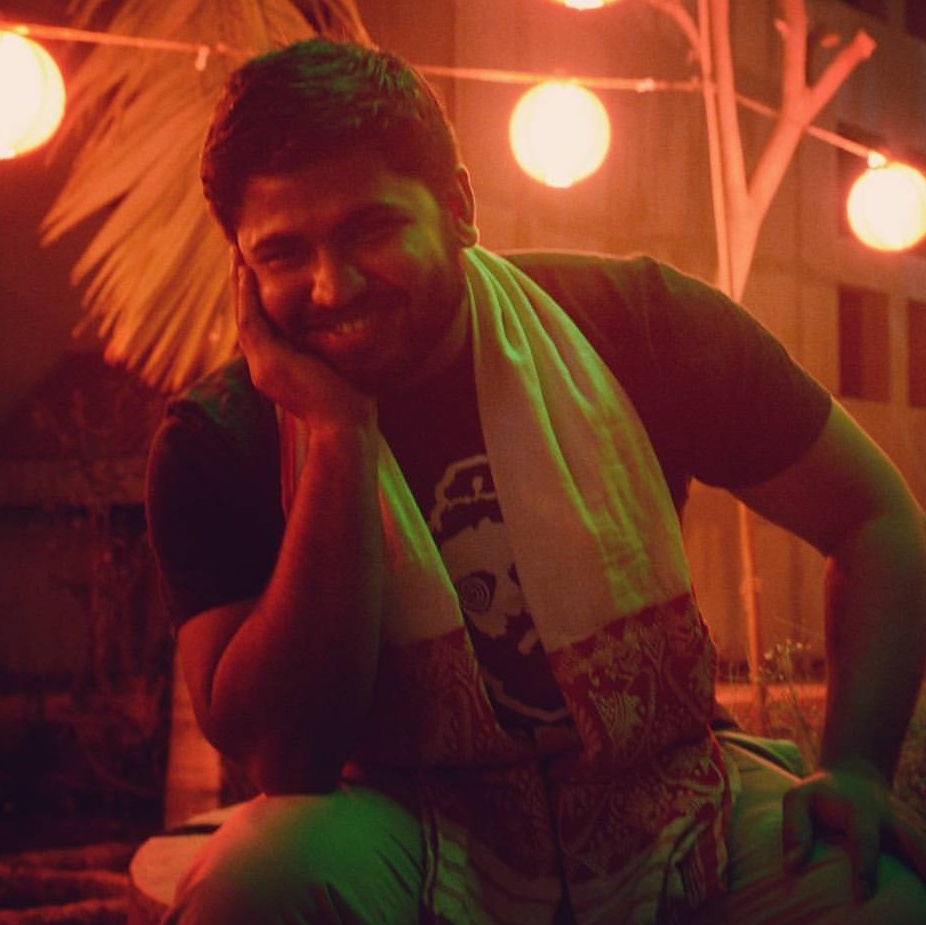
Reality of Indian democracy.India want quality leader but ,Nowdays head of our country are castiest,they have lack of inganorance in all fields.their intention is based on caste.India need communism.70% लोग पागल है.
government are becoming rich wile nation is becoming poor and poorer
excellent observations of duo-doctors